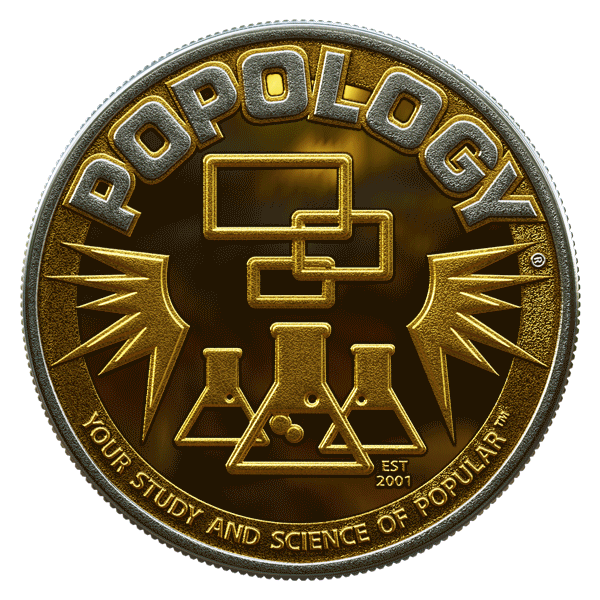- POPOLOGY® Networks
- Sep 26
- 3 min read
POPOLOGY is pioneering a gamified internet broadcasting network...
that leverages a robust token economy to revolutionize digital media transactions. To ensure long-term sustainability and investor confidence, POPOLOGY has established a series of risk mitigation strategies that counterbalance market volatility, ensure stability in advertising transactions, and maintain regulatory compliance.
POPOLOGY® is a gamified and decentralized broadcasting platform redefining content ownership, curation, and rewards. The POPOLOGY®coin is a MiCA-compliant utility token used to access premium platform features, participate in branded campaigns (POPmercial®), and facilitate fair value exchange between creators, viewers, and advertisers. This includes premium services such as POPmercial® sponsorship placements as POPcast® PEERstream™ underwriting in POPOLOGY®coin, brand activations, content boosting, and analytics tools, and even stake and mining features that educate on prediction modeling of popularity regarding specified videos. The POPOLOGY platform empowers users to engage in curated, decentralized broadcasting (we call POPcasting™) rewarding creators and viewers with a transparent value-sharing model through POPs (non-transferable in-app engagement points), while content ledgered to the blockchain can be tracked ranked and measured for Digital Rights Management (DRM) supporting the DMCA.org. POPOLOGY® is registered compliant as a Safe Harbor ISP (internet service provider) by the Digital Millenium Copyright Act (.org Agency)

POPOLOGY® has ambitions to use the blockchain core technology for media rights, intellectual property rights, payments and indexing i.e. DRM (Digital Rights Management). The traditional copyright has remained largely unchanged since its invention after the first printing press. The Digital Millennium Copyright Act (.org) was passed in 1998 to get copyright law prepared for the Internet age. Unfortunately, this legal instrument lacked the digital capability to identify the creator of a piece of media and reward them with payments. Legal battles with early peer-to-peer file indexing companies, like Napster, ultimately failed to generate revenue for media creators. Later enterprise-grade ventures, like Gracenote®, iTunes®, and Shazam® were able to generate some revenue, using traditional databases as their core technology. Today, popular internet streaming apps provide ad revenue for the platform but fail to adequately reward artists and curators of media content, specifically track and ranking of content. Popular apps, like Spotify®, rely on the mostly-free labor of volunteer media workers, who curate playlists. With digital emancipation, this represents a potentially paid labor force of millions of people. The POPsphere™ metasearch engine that powers POPOLOGY® Networks allows users to assemble content across the web, rank and validate it, and deliver proof-of-engagement metrics in real time. Gamification and token rewards drive ongoing community participation.

POPOLOGY® empowers individuals to take ownership of their digital influence, content, and earnings in a decentralized media landscape. Token holders who consume, curate, and contribute content via POPcast®, a streaming NFT ledgered on the blockchain, drive the network’s value while earning rewards for their participation.
Recognizing that blockchain complexities often exceed the expertise of creators and consumers, POPOLOGY® simplifies governance by allowing users to delegate network operations to elected representatives. These delegates are responsible for verifying transactions, securing digital rights, and distributing rewards, ensuring a transparent, fair, and self-sustaining ecosystem.
Token holders retain full authority to stake, vote, or delegate their influence at any time, reinforcing a user-powered media economy where content creators, audiences, and brands collaborate in shaping the future of digital broadcasting.
Intellectual Property (IP) & Fair Use Protection
Solution: POPOLOGY’s DMCA Safe Harbor & Transformative Fair Use Doctrine
Registered under DMCA Safe Harbor, ensuring legal protection.
Blockchain-ledgering of digital video content for copyright tracking as “TRANSFORMATIVE” use case.
AI-driven content moderation and automated tracking.
Investor Confidence Benefits:
Legally compliant under DMCA & Fair Use Doctrine.
Prevents copyright infringement risks.
Strengthens brand and creator trust.
Learn more at www.popologynetworks.com





























%20NEW-03.png)







